-
Lack of Time: For women in particular, lack of time is cited as one of the most common barriers to losing weight. A study published in the International Journal of Behavioral Nutrition and Physical Activity
found that young women who are trying to lose weight are often in the
process of moving away from home, starting new careers, dating, getting
married, and becoming mothers. These major life events will not only sap
your energy, but they also take up a lot of time.
So with all of the pressures of work, family, and relationships, how do you make time to lose weight? Try one of these solutions:
- Ask for help. Speak up and ask for help managing the tasks that take the most time in your schedule. Let your spouse or the kids help with the housework, even if it means it won't get done the way you like. Ask your employer for flexibility in your work schedule. Ask a neighbor or your parents to help. Put a time limitation on your request so that they know you are serious and organized about reaching weight loss success.
- Prioritize. The time that you devote to losing weight may not be the best time for you to invest in other avenues in your life. See if there are ways to put some pursuits on the back burner so that your health takes the top slot. Use forward thinking as part of that process. If travel, having children, and pursing an aggressive career are on your list of life goals, remember that these hopes may be delayed if poor health due to obesity becomes a problem.
- Organize a schedule. Get out an old-fashioned paper calendar. Find windows of time that are not consumed by absolute necessities. Find time slots for healthy food preparation and exercise. Pen in these items. Schedule your negotiable items around these top priorities. Finally, post the calendar in a place where you will be able to see it and use it as a daily guide for your weight loss success plan.
-
Lack of Social Support: Losing weight is one of the most
difficult personal challenges you may ever confront. If the people
around you don't give you the emotional support you need -- or worse
yet, if they sabotage your efforts to lose weight -- you are much less
likely to be successful. Try these techniques to get the social support
you need.
- Define your needs. You can't ask others for support if you don't know exactly what it is that you need. Get out a pen and paper and write out specific ways that each friend or family member can help you. For example, you may ask for friends to avoid eating high-fat foods in your presence. You may ask your spouse for a supportive comment each day. You might want family members to refrain from making defeating remarks that minimize or challenge your weight loss success.
- Speak up. Once you know what you need, approach friends and family to ask for support. Taking the time to talk to them will help to show them that reaching weight loss success is an important goal for you.
- Create a new network. If you still don't get the support you need, branch out and find a new social network. Find friends at the gym or your weight loss center. Online resources, such as the Weight Loss Forum or the Weight Loss Facebook page are also great ways to connect with others who can relate to your struggles.
-
Lack of Access to Healthy Food or Exercise Facilities: There
is no doubt about it -- fast food is more accessible than healthy food.
And if lack of time is also an issue in your life, you probably also
know that fast food is quicker. It is not surprising that many people
have trouble losing weight because they don't have easy access to the
right food.
That same challenge holds true for exercise. Most of us don't have a well-equipped gym and a personal trainer at our immediate disposal. So when we are already strapped for time, how do we get to the gym, learn to exercise, and find time for a calorie-busting workout?
If you are going to get serious and lose weight, your best bet is to get resourceful and get creative.
- Cook in bulk. When you create a schedule to support your weight loss efforts, schedule a time to prepare food for the entire week. Make healthy soups, roast vegetables, and precook chicken or another source of essential protein. Invest in a few small containers and package the food so that it is easy to find in the refrigerator. You may even find it helpful to schedule specific meals for each day so you know that your meals are covered for the week.
- Exercise at home. You don't need fancy equipment or an expensive trainer to burn calories with exercise. Learn how to be your own trainer! Invest in a few exercise DVDs, or use fitness programming on television to work out. There are also great resources online. The American Council on Exercise provides an exercise library with instructions for performing specific workouts.
The path to weight loss or fat loss success isn't an easy one. But if you can
identify and overcome the specific barriers that hold you back, you'll
find that you will reach both short-and long-term goals.


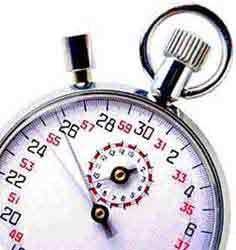





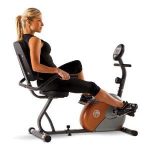
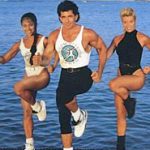




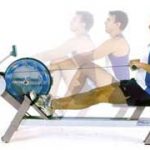




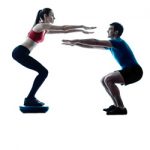
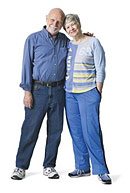
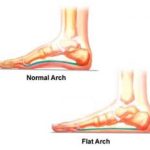
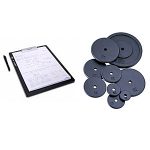


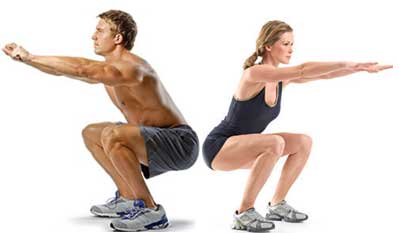


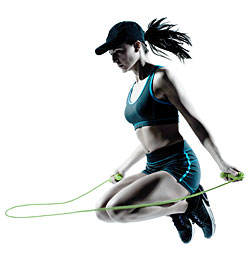

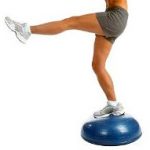
 The lower body includes the largest muscle in the body: The Gluteus
Maximus. Working the glutes, along with the quads, hamstrings, calves
and hips can help shape your body and keep you strong for daily
activities. Get details for a variety of lower body exercises along
with instructions and pictures.
The lower body includes the largest muscle in the body: The Gluteus
Maximus. Working the glutes, along with the quads, hamstrings, calves
and hips can help shape your body and keep you strong for daily
activities. Get details for a variety of lower body exercises along
with instructions and pictures.